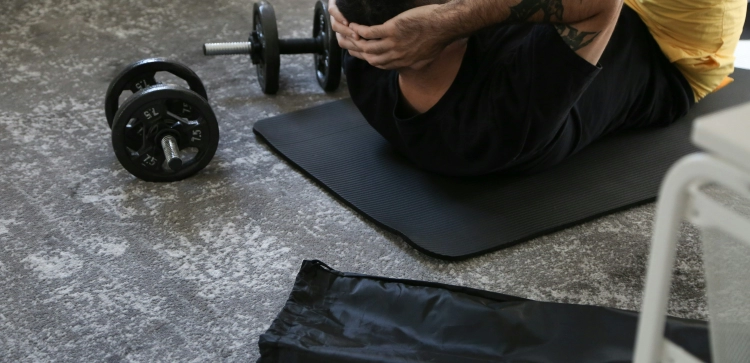Can Breathing Techniques Improve Climbing Endurance?

- Why Is Controlled Breathing Crucial For Climbing Endurance?
- What Are Some Common Mistakes Climbers Make With Their Breathing?
- Can You Explain The Benefits Of Diaphragmatic Breathing For Climbers?
- Are There Specific Breathing Techniques Climbers Can Practice For Improved Endurance?
- How Can Climbers Incorporate Breathing Exercises Into Their Training Routines?
- In Conclusion
Why is Controlled Breathing Crucial for Climbing Endurance?
Controlled breathing is not just a physiological process; it's a game-changer in climbing that can significantly impact your endurance and overall performance. When scaling challenging routes, every breath you take plays a crucial role in maintaining focus, conserving energy, and sustaining your climbing ability.
The Breath of Endurance
-
Oxygen Supply: Controlled breathing ensures a steady supply of oxygen to your muscles. Efficient oxygen delivery keeps your muscles working optimally, delaying the onset of fatigue.
-
Stress Management: Climbing can be mentally demanding. Controlled breathing helps manage stress and anxiety, allowing you to stay calm and focused, even in stressful situations.
-
Energy Conservation: By matching your breath to your movements, you can reduce wasted energy. Each inhalation and exhalation can be timed to coincide with specific climbing actions, such as holds or rests.
What Are Some Common Mistakes Climbers Make with Their Breathing?
Even experienced climbers can fall into the trap of inefficient breathing habits. Identifying and rectifying these mistakes is essential for improving climbing endurance.
Breathing Pitfalls - Avoiding Common Errors
-
Holding Your Breath: Many climbers unintentionally hold their breath during challenging moves. This deprives your muscles of oxygen and can lead to premature fatigue.
-
Rapid Shallow Breathing: Panting or breathing too quickly can lead to hyperventilation. It's essential to maintain a steady, rhythmic breath.
-
Ignoring Breath Timing: Failing to synchronize your breath with your movements can disrupt your climbing flow and energy management.
Can You Explain the Benefits of Diaphragmatic Breathing for Climbers?
Diaphragmatic breathing, also known as belly breathing, is a fundamental technique that can revolutionize your climbing endurance.
The Power of Diaphragmatic Breathing
-
Increased Oxygen Intake: Diaphragmatic breathing allows for deeper inhalations, maximizing oxygen intake with each breath.
-
Reduced Stress: It promotes relaxation and can help manage anxiety, especially during challenging climbs.
-
Core Engagement: Engaging your diaphragm enhances core stability, improving balance and control.
Are There Specific Breathing Techniques Climbers Can Practice for Improved Endurance?
Yes, several breathing techniques can be incorporated into your climbing routine to boost endurance.
Techniques for Endurance - Practical Approaches
-
Rhythmic Breathing: Match your breath to your movements. Inhale for a certain number of holds, exhale for the same count. This rhythm conserves energy.
-
Box Breathing: Inhale for a count of four, hold for four, exhale for four, and pause for four. Repeat this box pattern for controlled breathing.
-
Belly Breathing Drills: Practice diaphragmatic breathing during warm-ups and cool-downs to build the habit.
How Can Climbers Incorporate Breathing Exercises into Their Training Routines?
Training your breath is as important as training your body. Incorporating breathing exercises into your climbing regimen can yield long-term benefits.
Training the Breath
-
Warm-Up Breathing: Begin your climbing sessions with a few minutes of focused breathing exercises to prepare your body and mind.
-
Cool-Down Breathing: After a climb, use breathing techniques to relax, reduce tension, and aid recovery.
-
Mindfulness Meditation: Incorporate mindfulness practices that emphasize breath awareness. This can enhance your overall climbing experience.
In conclusion
Controlled breathing is a potent tool that climbers can harness to improve endurance, reduce stress, and optimize their performance. By mastering the art of controlled breathing and incorporating specific techniques into their climbing routines, climbers can unlock their full potential and reach new heights in their climbing endeavors.













